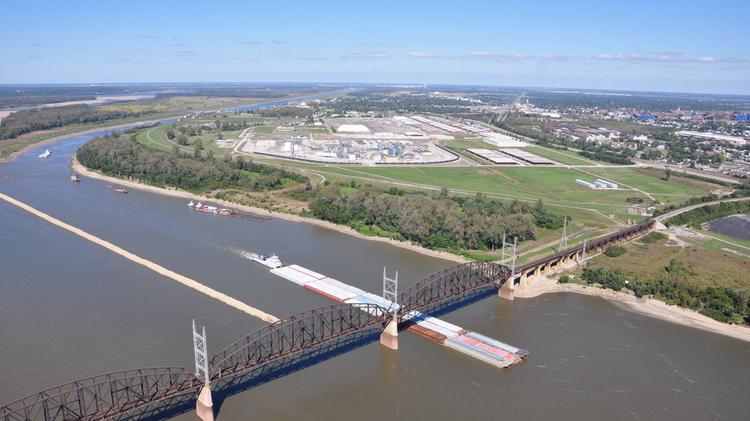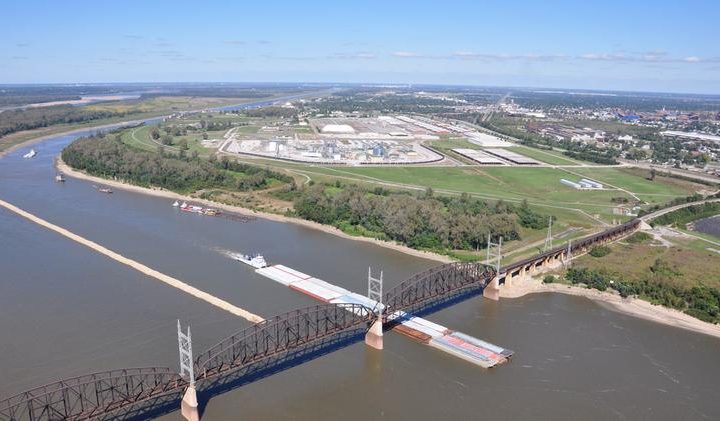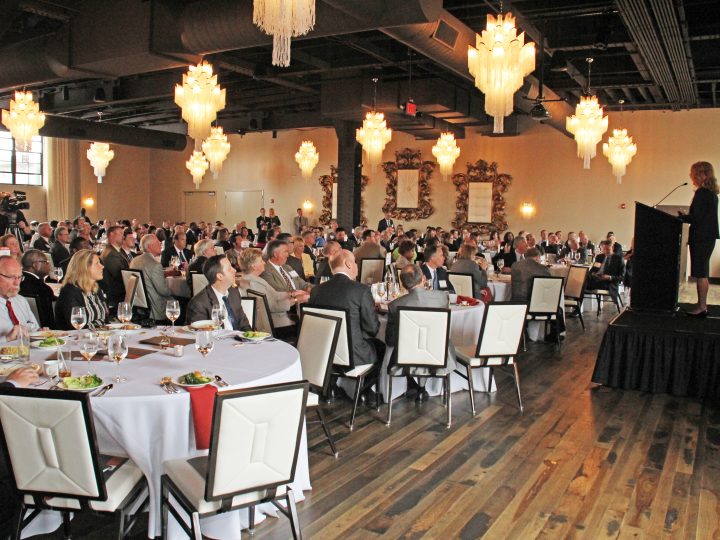
This story was originally written and distributed by the Associated Press on May 30, 2016.
Margaret Stafford | Associated Press
The Missouri River is slowly resuming its role as a transportation corridor for commodities such as grain, scrap metal and fertilizer, but proponents of the barge industry acknowledge they’re still swimming upstream against a perception that the river is not reliable enough to be profitable.
Some small, private barge companies never stopped using the river but public ports along the nearly 760-mile span from Sioux City, Iowa, to St. Louis, Missouri, disappeared in the late 1990s and early 2000s after a combination of drought, economic recession, low commodity prices and politic infighting led shippers to turn to rail and trucks.
As prices stabilized and droughts eased, attention turned to reopening some public ports, with the Woodswether terminal port in Kansas City last August being the first since 2007. About an hour north, the St. Joseph Regional Port Authority is improving its infrastructure and plans to attract barge traffic within the year. Other county or regional port authorities will receive funding from the state of Missouri to establish or improve terminals currently not in use.
“The idea that the Missouri River is not navigable is simply just incorrect,” said Michael Collins, president and CEO of Port KC. “The negative perception is changing but we still have a lot of work to do.”
With no lock and dam system to control the river’s free-flowing water, keeping open the 9-foot-deep, 300-foot-wide navigation channel from Sioux City to St. Louis can be challenging for the U.S. Army Corps of Engineers during drought or flooding, though Collins notes the flood of 1993 caused the only complete shutdown of barge traffic on the river in the last 36 years.
That freedom of movement is what public and private groups are trying to reiterate to commodity brokers, from large companies to small farmers needing a way to move grain, said James Rudy, area engineer for the Corps’ Kansas City district. He and other proponents also say it’s cheaper than land shipping, more environmentally friendly and eases stress on the nation’s clogged highway and rail transportation systems. One 15-barge tow can replace two 100-car trains or 870 semi-trailer trucks, according to the Iowa Department of Transportation.
“A number of stakeholders are working very hard to reinvigorate the river’s image,” said Rudy, who oversees the Missouri River from Rulo, Nebraska, to the Mississippi River near St. Louis. “… There’s a lot of re-education of folks out there.”
While Kansas, Nebraska and Iowa currently have no public ports on the Missouri River, the advantages of barge shipping — including job creation and private investment — got the Missouri Legislature’s attention. The state has increased allocations for capital improvements at ports from $3 million in fiscal year 2014 to $12.4 million for fiscal year 2017, said Cheryl Ball, waterways infreight administrator for the Missouri Department of Transportation.
The Corps groups inland waterways by low use, normal use or high use, based on ton-miles, which is the amount of tonnage multiplied by the miles the tonnage travels. The Missouri is a low-use river, shipping about 103 million ton-miles from Kansas City to St. Louis in 2013, an increase from 61 million ton-miles in 2012.
Those commodities generally connect with others shipped on the Mississippi, which is a high-use waterway, so the entire inland waterway system benefits from barge traffic, said Richard Grenville, vice president of port operations at Port KC.
“It’s been a hard slog,” Grenville said. “Right now, this resource is severely underused. It was used for years and then everything dropped off. It’s just waiting for us to remember it again.”




